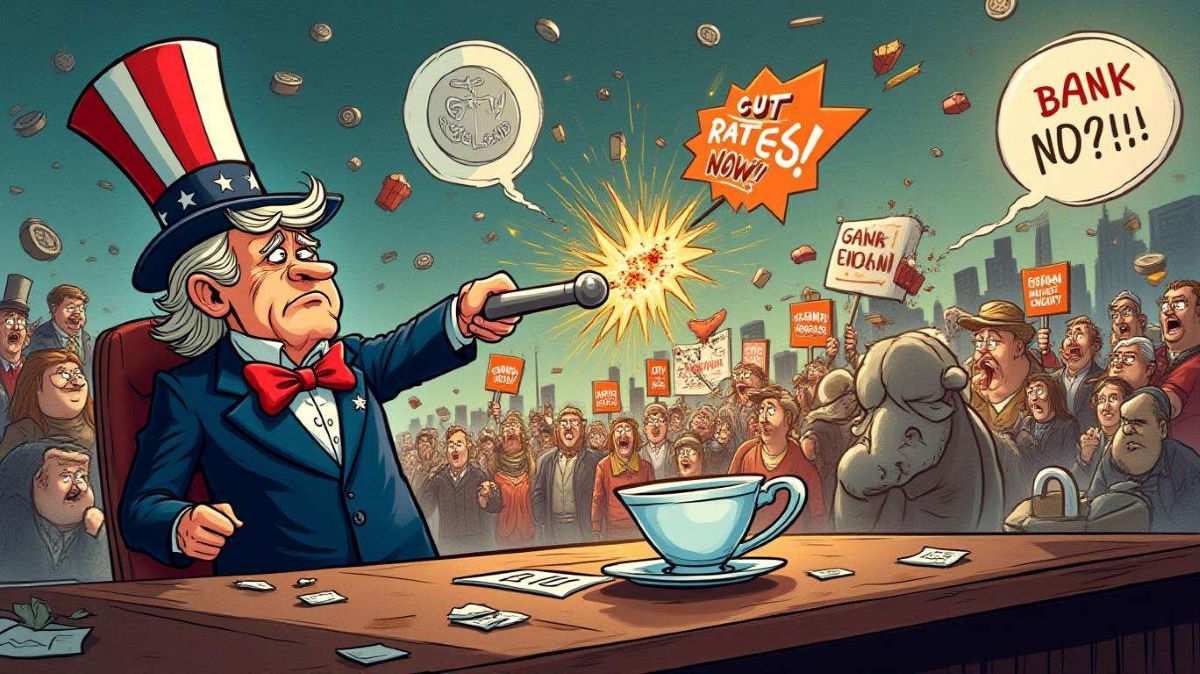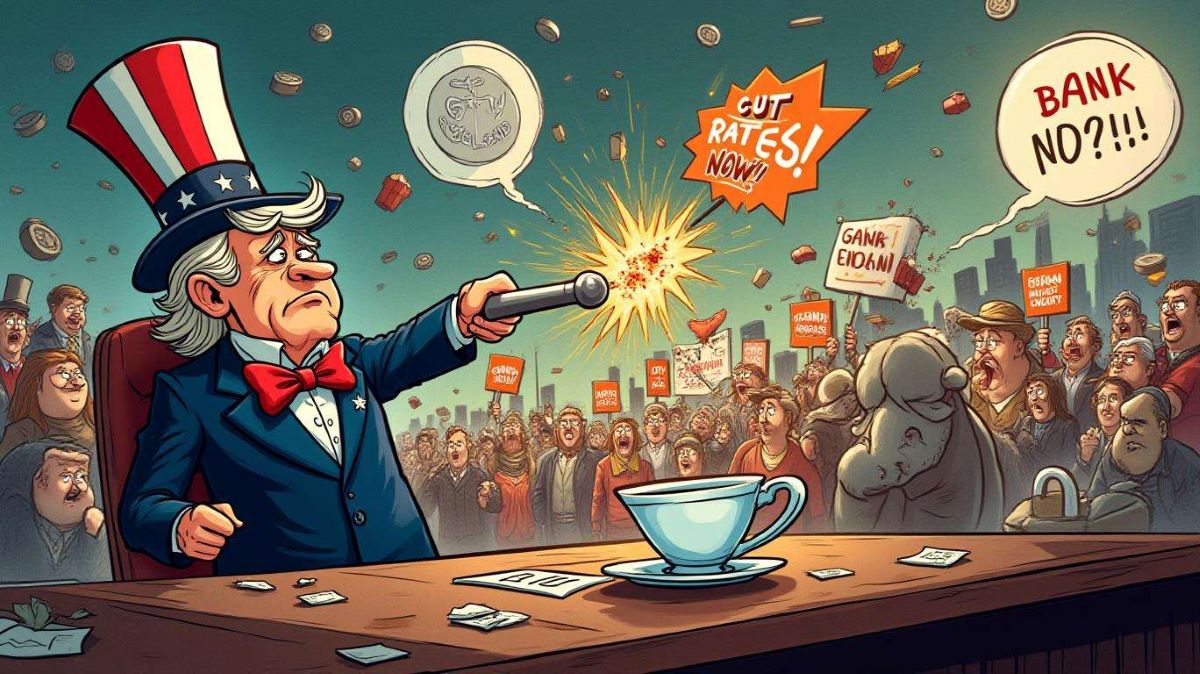Fed Meeting Preview: No Rate Cut Yet, but Powell Needs to Step Up
Just over a month ago, during the press conference following the Federal Reserve's rate decision, Chairman Jerome Powell reaffirmed the idea of "transitory inflation" driven by tariffs. Fast forward t

Just over a month ago, during the press conference following the Federal Reserve's rate decision, Chairman Jerome Powell reaffirmed the idea of "transitory inflation" driven by tariffs. Fast forward to now, the inflation in the U.S. remains elevated, while President Trump continues to stir up controversy over tariffs. The Fed’s future rate-cutting path has become increasingly uncertain, which could make its position even more challenging moving forward.
While most analysts expect the Fed to hold rates steady on Wednesday, the outlook for rate cuts later this year has shifted. Compared to expectations in early April, markets now anticipate the Fed will cut rates three times this year instead of four, with each cut likely to be 25 basis points. Additionally, the timing of the first rate cut has been pushed from June to late July.
Economists point out that the Fed still needs more time to assess the impact of the Trump administration's trade policies. A series of aggressive tariffs on imported goods has weakened consumer confidence, created the potential for price surges, and raised concerns about a softening labor market.
“I think we’ll also hear that uncertainty is high in this environment, and they are ready to act—or not act—as needed to try and meet both sides of their mandate,” said Sarah House, senior U.S. economist at wells fargo.
Recent data showing that U.S. inflation slowed in March and unemployment remained stable in April suggest that the Fed's post-meeting statement may see only minor adjustments. For example, due to weak Q1 GDP data, the Fed might drop its previous characterization of economic activity as "continuing to expand at a solid pace." However, given that April's job growth exceeded expectations and the unemployment rate held steady at 4.2%, Fed officials are likely to reiterate signs of a "strong" labor market to justify their wait-and-see approach.
Since the statement is expected to show little change and this meeting does not include updated economic projections, all eyes will turn to Powell’s post-meeting remarks for clues about his willingness to cut rates and the conditions under which he might act.
Diane Swonk, chief economist at KPMG, emphasized that lessons from both the pandemic-driven price surge and the inflation shock of the 1970s are "ingrained in the Fed’s DNA." These experiences will undoubtedly shape how the Fed responds to the ongoing tariff uncertainty.
Although President Trump has recently toned down his attacks on the Fed and personal criticisms of Powell, the latest rate decision could reignite tensions between the central bank and the White House. This is especially likely if Powell once again hints that the Fed’s decision to hold rates steady is largely driven by the administration’s trade policies.
“Whatever they do, it will be interpreted politically,” said Vincent Reinhart, chief economist at BNY Investments. “If the May meeting comes and goes with an unchanged policy stance, then the headline is going to be, ‘Fed ignores the president.’ And if they were surprisingly to ease policy, the headline would be, ‘Fed bows to President.’”
Powell is expected to reaffirm the Fed’s independence and neutrality, making a rate cut unlikely as trade uncertainty continues to loom large. This could be perceived as another hostile signal by the White House. However, with no signs of an imminent recession and a resilient economy, Powell’s calm and persuasive tone, supported by strong labor market data, could reassure investors. The Fed chairman is expected to remain cautious yet optimistic, which may ultimately matter more to markets than the political drama surrounding the Fed and the White House.

Disclaimer: The views in this article are from the original Creator and do not represent the views or position of Hawk Insight. The content of the article is for reference, communication and learning only, and does not constitute investment advice. If it involves copyright issues, please contact us for deletion.